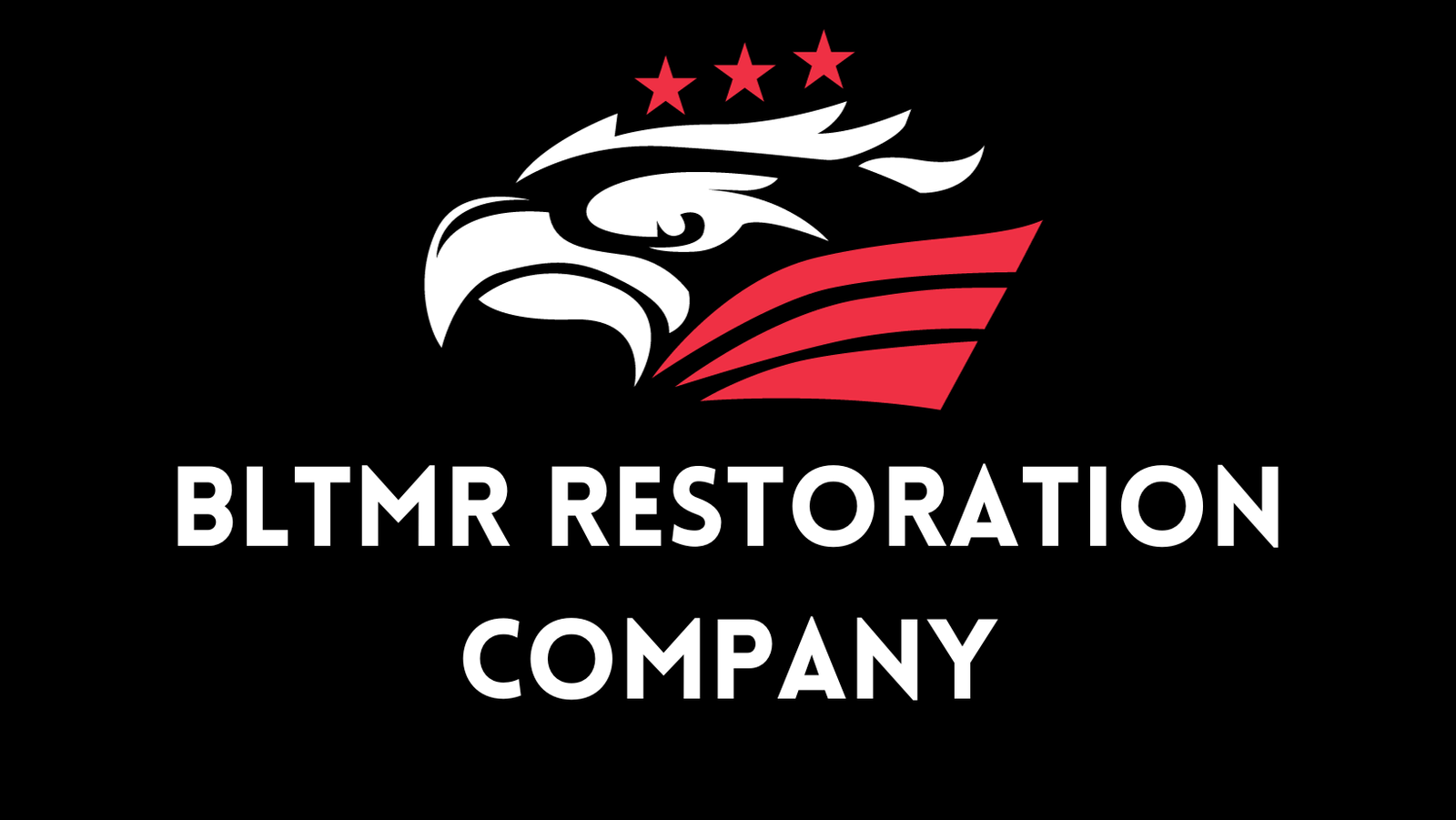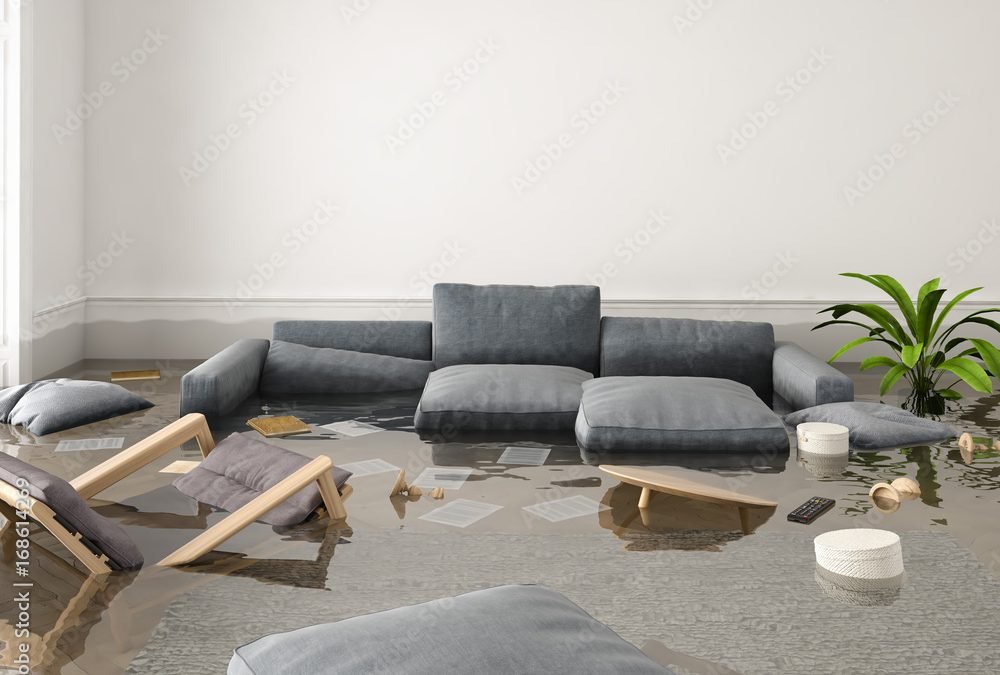Floods are one of the most common and destructive natural disasters, causing massive devastation with their high waters. In order to minimize the damage caused by floods, it is important to understand what needs to be done following a flood event in order to ensure safety and begin rebuilding. This article will discuss the essential steps that should be taken after a flood has occurred, including preparing for physical cleanup, assessing damages, and protecting yourself from health hazards.
In addition to providing step-by-step guidance on how best to respond immediately after a flooding event, this article also offers tips on managing long-term recovery. It can be difficult to know where to turn when faced with such destruction; however, taking the correct course of action quickly can help reduce further losses and allow for an organized rebuilding process.
This article provides crucial information about what must be done following a flood so as not only to protect property but also preserve lives. With detailed advice on both short-term and long-term strategies for responding effectively after a disaster like flooding, readers can gain insight into how they can best manage post-flood situations while ensuring their own well-being.
Be Prepared
In order to prepare for a flood, it is important to become informed about the specific risks in your area. It can be helpful to research what areas are prone to flooding and make sure that any necessary emergency plans are in place. In addition, familiarizing yourself with local evacuation routes and emergency shelters should be done prior to an event occurring.
It may also be beneficial to have certain supplies prepared ahead of time, such as flashlights, extra batteries, bottled water, non-perishable food items and other items you might need if you were forced out of your home or had limited access to electricity. Additionally, having important documents such as insurance policies or medical records stored away from potential damage is important for protecting your safety and well-being during this difficult situation.
Be Safe
After a flood it is essential to remain safe. It is important to be aware of potential health risks and environmental hazards associated with flooding. Floodwater can contain sewage, debris, chemicals, hazardous materials, and other harmful bacteria. To protect oneself from possible contamination or injury, one should wear protective clothing such as rubber boots, gloves and a face mask when entering a flooded area. Additionally, it is important to ensure that all electrical appliances located in the affected area are turned off before attempting to enter the premises.
Additionally, there may still be areas that have been submerged by water but are not clearly visible from above ground level. This means that people could mistakenly step into deep water and potentially put themselves at further risk of drowning or electrocution. Therefore, caution must always be taken when walking around areas which have been recently flooded in order to avoid these dangers. In such cases it is best to enlist the help of professionals who can assess the situation more accurately and safely than an untrained individual would be able to do on their own.
Document Damages
After ensuring your safety, it is important to document any damages caused by the flood. This includes making sure that you take photographs of all affected areas and items damaged or destroyed in the flooding waters. You should also make a list of any damaged items with descriptions and approximate values for insurance purposes.
It can be beneficial to keep receipts from before the flood, as this helps determine what was purchased at full value prior to incurring damage. Additionally, taking videos can help preserve evidence; they are especially useful if there are trees on your property that were knocked down due to high winds associated with floods. It’s also wise to save other documents such as invoices, appraisals, and contracts related to possessions lost during the flooding event. By doing so, individuals can better assess their losses and file an accurate claim for reimbursement or compensation.
Take Action
After a flood has occurred, it is important to take action. The first step should be the safety of individuals and property; this includes assessing any damage that may have been done, as well as protecting against further damage by shutting off electricity and other utilities if necessary. It is also important to identify any potential hazards such as contaminated water or debris, which can cause injury or even illness.
Once the immediate danger has passed, it is time for cleanup efforts. Depending on the severity of the flooding, these could range from removing standing water from buildings to full-scale renovation projects in order to repair damaged infrastructure. In some cases, homeowners will need to contact their insurance providers in order to receive compensation for repairs and damages. Additionally, those who experienced losses due to the flood may be eligible for assistance through government programs or charitable organizations.
Regardless of what steps are taken after a flood occurs, it is essential that everyone takes into account their own safety and wellbeing when making decisions about how best to proceed with recovery efforts.
Begin Drying
Once the flooding has been contained, it is important to begin drying out any areas that have been affected. This can be done in several ways, such as using fans and dehumidifiers, or opening up windows and doors. If possible, all wet materials should be removed from the area and discarded if they cannot be dried quickly enough. The temperature outside must also be taken into consideration when attempting to dry an area, since warm air will help speed up the process of evaporation. Additionally, portable heaters may prove useful for drying carpets and other fabrics on colder days.
In order to complete the process of drying after a flood, it is necessary to inspect the entire building thoroughly for signs of water damage. Any furniture or appliances that have been submerged need to be checked for damages before being used again; otherwise, electrical shocks could occur. Furthermore, structural elements such as walls and floors must also be inspected carefully in case further repairs are required due to warping or mold growth caused by moisture accumulation. After ensuring that everything is properly dried out and safe for use once more, recovery efforts can then move forward with confidence.
Call BLTMR Restoration Company Restoration Services to Recover Your Property After a Flood
After a flood, it is important to contact BLTMR Restoration Company Restoration Services for assistance in recovering your property. This professional team of restoration specialists has the experience and expertise necessary to quickly assess any damage caused by flooding and provide tailored solutions that will restore your home or business back to its pre-flood condition.
BLTMR Restoration Company Restoration Services utilizes state-of-the-art technology and advanced techniques to perform water extraction, structural drying, moisture measurement and mold remediation services. They also offer a wide range of additional services such as installing dehumidifiers, air scrubbers and other equipment as well as providing detailed documentation on all damages incurred which can be used for insurance claims. With their 24/7 emergency response service, they guarantee timely response times no matter what time it is. Above all else, BLTMR Restoration Company Restoration Services provides superior customer service throughout the entire process of restoring your property after a flood.
Conclusion
It is important to be prepared when it comes to floods in order to reduce the amount of damage and disruption that can occur. Following a flood, one should always ensure safety before taking any further action. Documenting damages with photographs or videos will help with insurance claims and other recovery efforts. Taking immediate action after a flood is essential in order to begin drying out the area as quickly as possible and prevent mold growth. Professional restoration services are available to assist with recovering property after a flood has occurred. Through utilizing these resources along with following proper procedures, individuals can minimize their losses from flooding events and get back on track sooner than expected. Being aware of what steps need to be taken after a flood goes a long way towards minimizing potential damages and ensuring an easier recovery process.

